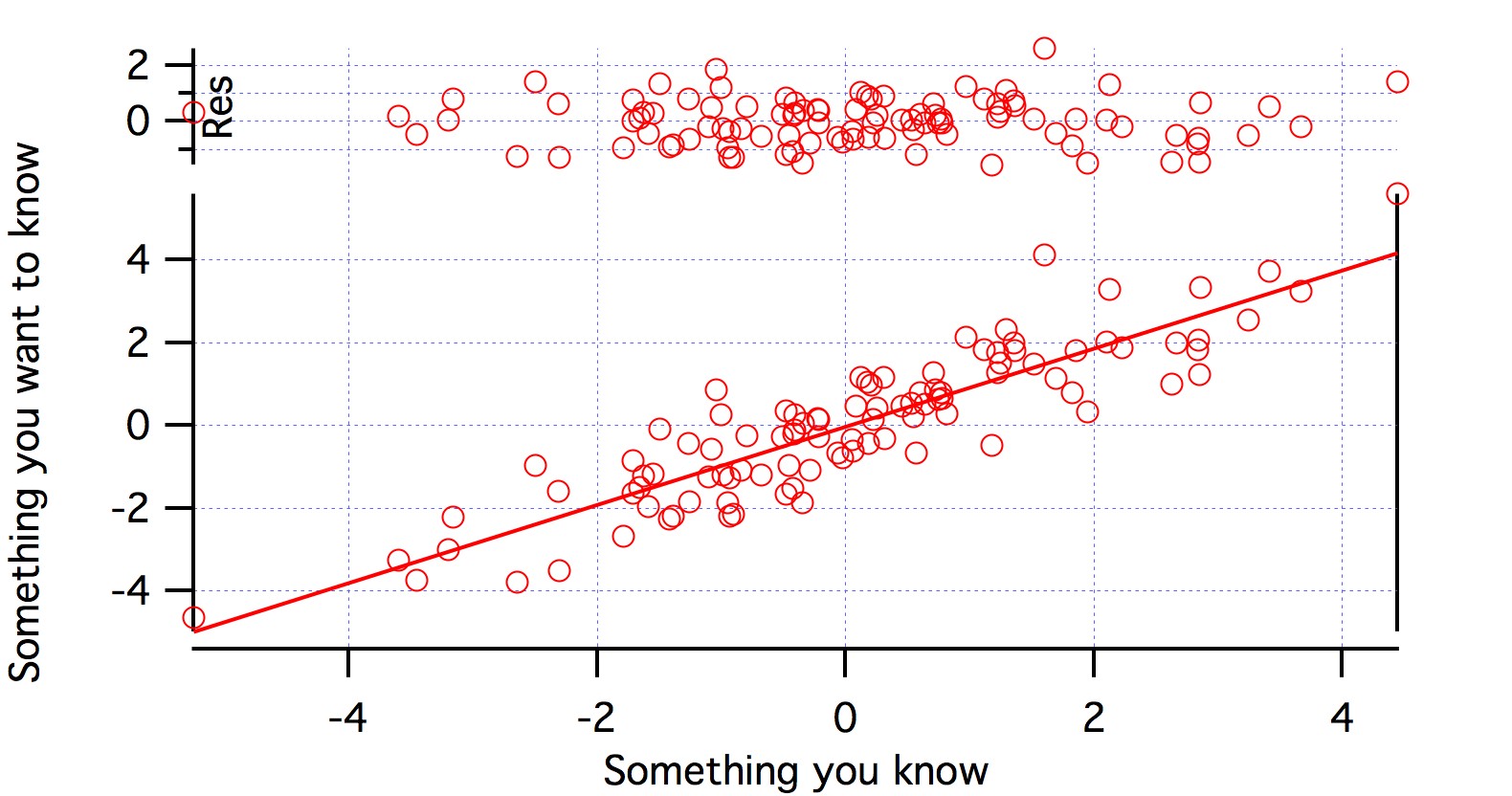user 246304
Well-Known Member
- Joined
- Aug 24, 2017
- Messages
- 8,290
- Reaction score
- 9,850
Hi guys,
This sort of spans a couple boards, so didn't want to make 2 threads.
I'm reading through Palmer's/Kaminski's Water again, and, naturally, reading through threads here with particular attention to AJ Delange's and Martin Brungard's comments. Infinite, this brewing universe.
I wasn't aware of AJ's views on the weak, if any, correlation between the use of colored malts and mash acidity (I hope I even read that right). So he does caution about using Palmer's calc for working out dark beers. Does anyone, perhaps AJ? - have a link or links to more material discussing this? I've always seen it as a religion, mostly because I've dealt with alkaline "given" waters where I've lived. Dark beer? Fuggedaboutit, no alkaline stress.
Secondly, and I admit this belongs more in the ingredients section, but I'm also growing more curious about AJ's use of sauermalz. I've never used it, have always used (added) acids and salts for adjusting water (even now I have a 37% HCL I'm diluting to 10%, to experiment).
My hesitation in the past with adding in a sauermalz (well, also an acid rest, to be truthful, though I know that's completely illogical) of some type is a concern of its impact on flavor. Basically, I couldn't see a British grist universe containing MO, let's say, and sauermalz. Is there a flavor or other quality component to sauermalz, aside from acid, that you have to keep in mind when using it?
Thanks.
This sort of spans a couple boards, so didn't want to make 2 threads.
I'm reading through Palmer's/Kaminski's Water again, and, naturally, reading through threads here with particular attention to AJ Delange's and Martin Brungard's comments. Infinite, this brewing universe.
I wasn't aware of AJ's views on the weak, if any, correlation between the use of colored malts and mash acidity (I hope I even read that right). So he does caution about using Palmer's calc for working out dark beers. Does anyone, perhaps AJ? - have a link or links to more material discussing this? I've always seen it as a religion, mostly because I've dealt with alkaline "given" waters where I've lived. Dark beer? Fuggedaboutit, no alkaline stress.
Secondly, and I admit this belongs more in the ingredients section, but I'm also growing more curious about AJ's use of sauermalz. I've never used it, have always used (added) acids and salts for adjusting water (even now I have a 37% HCL I'm diluting to 10%, to experiment).
My hesitation in the past with adding in a sauermalz (well, also an acid rest, to be truthful, though I know that's completely illogical) of some type is a concern of its impact on flavor. Basically, I couldn't see a British grist universe containing MO, let's say, and sauermalz. Is there a flavor or other quality component to sauermalz, aside from acid, that you have to keep in mind when using it?
Thanks.































![Craft A Brew - Safale BE-256 Yeast - Fermentis - Belgian Ale Dry Yeast - For Belgian & Strong Ales - Ingredients for Home Brewing - Beer Making Supplies - [3 Pack]](https://m.media-amazon.com/images/I/51bcKEwQmWL._SL500_.jpg)


























